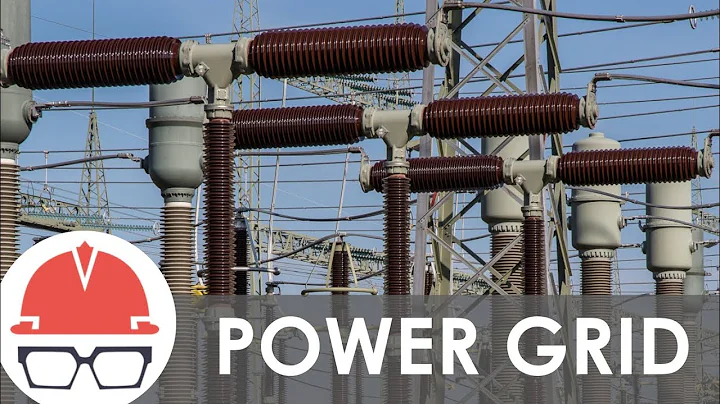What are the three stages of the power grid?
The grid consists of countless complex interconnections, however there are three main sections—electricity generation, transmission and distribution.
Features of Smart Grid
Automated outage management and faster restoration. Dynamic pricing mechanisms. Incentivize consumers to alter usage during different times of day based on pricing signals. Better energy management.
The electrical grid is the electrical power system network comprised of the generating plant, the transmission lines, the substation, transformers, the distribution lines and the consumer.
If we look at the entire electric power system in three parts, electricity is: (1) generated at power plants, (2) transmitted over transmission lines, and then (3) distributed to the end users or customers.
A power grid can be divided into three stages: Power generation, transmission and distribution.
There are three basic types of distribution system designs: Radial, Loop, or Network. As you might expect, you can use combinations of these three systems, and this is frequently done. The Radial distribution system is the cheapest to build, and is widely used in sparsely populated areas.
The grid system helps align page elements based on sequenced columns and rows. We use this column-based structure to place text, images, and functions in a consistent way throughout the design.
- Advanced Metering Infrastructure. This is also known as AMI. ...
- Demand Response. ...
- Electric Vehicles (EVs) ...
- Wide-Area Situational Awareness. ...
- Distributed Energy Resources and Storage. ...
- Distribution Grid Management.
The first step in a smart grid upgrade is to improve infrastructure, to produce what China has coined a Strong Grid. Next is the addition of the digital layer, making the grid smart, followed by business process transformation, which is necessary to capitalize on the investment.
A steam power plant consists of a boiler, steam turbine and generator, and other auxiliaries. The boiler generates steam at high pressure and high temperature. The steam turbine converts the heat energy of steam into mechanical energy. The generator then converts the mechanical energy into electric power.
What is an example of a power grid?
Wind and solar farms, nuclear power plants, power lines and transmission towers are all pieces that comprise the United States electrical grid puzzle.
Three Grids in the United States
There is the Eastern Grid, the Western Grid and the Texas (ERCOT) Grid, with the Eastern Grid being the largest of the three.

Three-phase alternating current (AC) power is commonly used to deliver electricity to data centers as well as commercial and industrial buildings that house power-hungry machinery. There's good reason for that, because 3-phase power can deliver more power with greater efficiency, as opposed to single-phase AC power.
Three-phase power provides three alternating currents, with three separate electric services. Each leg of alternating current reaches a maximum voltage, only separated by 1/3 of the time in a full cycle. In other words, the power output of a three-phase power remains to be constant, and it never drops into zero.
An AC three-phase generator is simply three AC single-phase generators. These generators run sequentially with an offset of 120° between them taken two at a time. Thus, the generator produces three waves of AC voltage in one cycle facilitating the consistent supply of constant voltage.
- 1 Denial.
- 2 Anger.
- 3 Bargaining.
- 4 Depression.
- 5 Acceptance.
Answer : Grid system is basically a set of imaginary and horizontal and vertical lines drawn on a map. The horizontal lines are called latitudes and the vertical lines are called longitudes.
Grid is merely a skeleton that helps arrange the items on your page, so use it wisely. Four types of grid layouts can help you establish a well-balanced landing page. Use Block, Multicolumn, Modular, and Baseline grids to create a visual hierarchy on your page, and you are guaranteed to increase your conversions.
A smart grid is defined as the electrical network that incorporates numerous generating units, smart grid features, and loads, and efficiently convey power that is adequate in capacity, increases grid efficiency, sustainability, accessibility, self-healing, safety, and reliability [8].
The typical features of a smart metering applications are listed as two-way communication between grid and smart meter, data recording capability at intervals of 10–60 min, at least daily data transmission to monitoring center, integrated remote disconnection switch, HAN interface, data storage capability for blackouts ...
What does a smart grid include?
The Smart Grid will consist of millions of pieces and parts—controls, computers, power lines, and new technologies and equipment. It will take some time for all the technologies to be perfected, equipment installed, and systems tested before it comes fully on line.
Sensor and control hardware. Communications. Analytical Software. IT-focused Utility Operations.